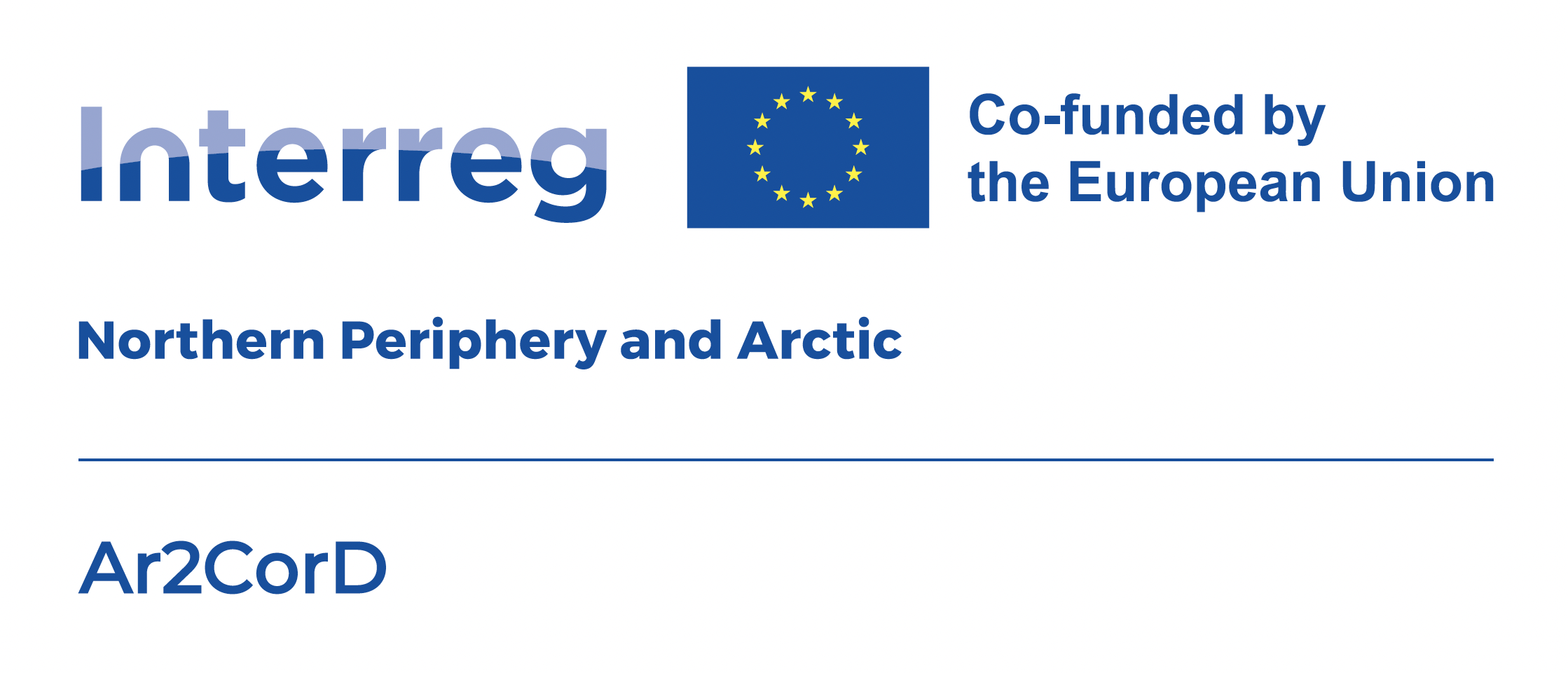 Cement and concrete have a significant share in the building industry and so in the generation of CO2 connected to obtaining input materials, production and transportation. Therefore, the cement and concrete industry's common aim is to implement solutions that will lead to a lower carbon footprint, uptake of a circular economy and ensure that their products have sufficient durability. Project Ar2CorD will focus on the optimisation of low carbon concrete (LCC) with the use of established and non-established (future) locally available supplementary cementitious materials (SCM), with the substitution of minimally 30% of portland cement.
Cement and concrete have a significant share in the building industry and so in the generation of CO2 connected to obtaining input materials, production and transportation. Therefore, the cement and concrete industry's common aim is to implement solutions that will lead to a lower carbon footprint, uptake of a circular economy and ensure that their products have sufficient durability. Project Ar2CorD will focus on the optimisation of low carbon concrete (LCC) with the use of established and non-established (future) locally available supplementary cementitious materials (SCM), with the substitution of minimally 30% of portland cement.There will be two main aims; the first will be an assessment of the
[Loading...]